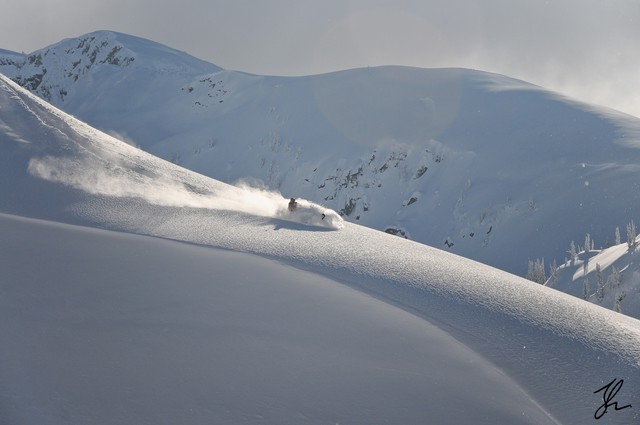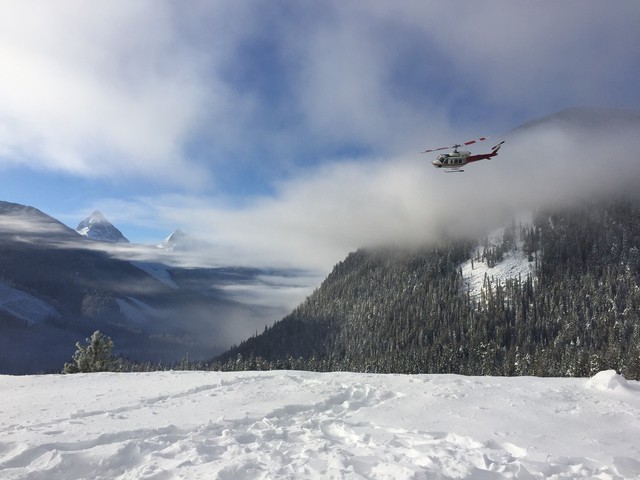broke'n'nuts
Active VIP Member
Thanks. Looked on app and didn't see any info or link. Found on main Web site.All this is usually reported after fact on the CAC site in incidents. You should check it out.
If you're reading this it's cause I'm at work and not out sledding



 $400 per person...wow! Don't up your certification or training dude, your pay rate will fall way down....
$400 per person...wow! Don't up your certification or training dude, your pay rate will fall way down....


